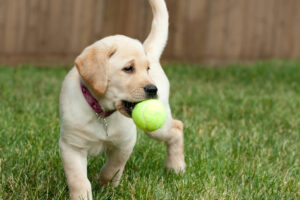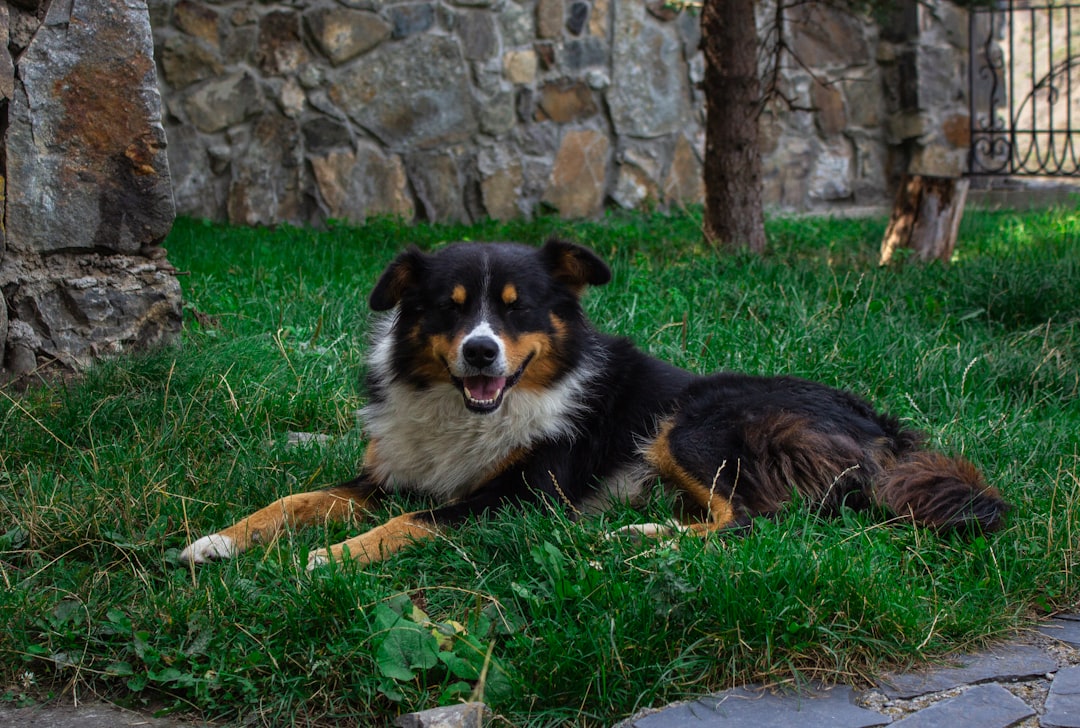Guardians of History: The Enduring Legacy of Dogs in Ancient Civilizations
An exploration of dogs roles in ancient civilizations, including their revered status in ancient Egypt, their varied roles in ancient Greece and Rome, and their evolution as companion dogs in ancient China, Tibet, Central America, and Europe.
Historical Canine Companions: Dogs in Ancient Civilizations
Introduction
Dogs have been man’s best friend since times immemorial. The domestication of dogs dates back to thousands of years ago, marking the beginning of a profound friendship between humans and canines. Over time, these historical dogs played various roles in different cultures, serving as hunters, guardians, spirit-guides, and loyal companions [2][3].
 Dogs in Ancient Egypt
Dogs in Ancient Egypt
Ancient Egypt was one of the earliest civilizations where the bond between humans and dogs was deeply entrenched. Known for their protective and spiritual qualities, dogs were revered in this civilization. They were often depicted on stone columns and other artifacts, testifying to their significance in everyday life. Archaeological evidence suggests a close partnership between humans and dogs, with dogs often being buried alongside their human companions. This practice was indicative of the spiritual connection and high regard for canines within ancient Egyptian society [1].
Dogs in Ancient Greece and Rome
In ancient Greece, dogs played various roles. They were used in hunting, served as guards, and symbolized loyalty and companionship. Ancient Greeks, like the Romans, appreciated dogs as guardians and pets. Dogs were often featured in Greek mythology, literature, and art, further emphasizing their importance within the society.
The Romans, too, valued dogs for their loyalty and their protective attributes. Romans believed in giving their dogs names that were not too short or excessively long, demonstrating their attachment and consideration for their canine companions. Dogs were often depicted in Roman art and literature, signifying their integral role in Roman life.
Dogs in Ancient China and Tibet
The first documented companion dogs came from China and Tibet, with records dating back to around 3000 BC. This period marked a significant shift in the roles of dogs, coinciding with the establishment of somewhat permanent human dwellings. The domestication of dogs in these civilizations indicates their important contribution to the development of society and human companionship.
 Dogs in Ancient Central America
Dogs in Ancient Central America
In Central America, there were two distinct types of dogs. The Aztecs reared a medium-sized dog for food and ritual sacrifices. Simultaneously, another small dog breed with a globular shaped head seemed to be kept primarily for companionship, highlighting the dual roles dogs played in this society.
Dogs in Ancient Europe
Ancient Europe witnessed the evolution of trading of companion dogs by barter around 2000 BC. This practice underscores the cultural importance of dogs and their transition from mere pets to valued companions. During the Middle Ages and the Victorian era, the relationship between humans and dogs deepened. Dogs transitioned from hunting companions to highly trained service animals, showcasing their versatility and the enduring bond between humans and canines [3].

Historical Canine Companions in Ancient Civilizations
Throughout human history, dogs have been cherished members of various societies. From ancient Egypt to Greece and Rome, and from China and Tibet to Central America and ancient Europe, dogs have held a special place in human hearts. They were not merely domestic animals but were seen as loyal partners, protectors, and even spiritual guides. The enduring legacy of dogs as companions can be traced back to these ancient civilizations, where they were revered and valued. Their roles in these societies were diverse and significant, and they contributed meaningfully to the development of these civilizations [2].
Conclusion
The historical narrative of dogs spans various civilizations and thousands of years, documenting their transition from wild animals to domesticated companions. Highly valued for their loyalty and companionship, dogs have played critical roles in ancient societies, from Egypt to Rome to China. Their enduring legacy continues to this day, shaping modern societies and human-dog relationships. From being depicted on ancient artifacts to evolving as integral members of family households, dogs have indeed proven themselves to be man’s best friend. The fascinating history of these historical canine companions serves as a testament to their invaluable contribution to human civilization.



 Dogs in Ancient Egypt
Dogs in Ancient Egypt Dogs in Ancient Central America
Dogs in Ancient Central America